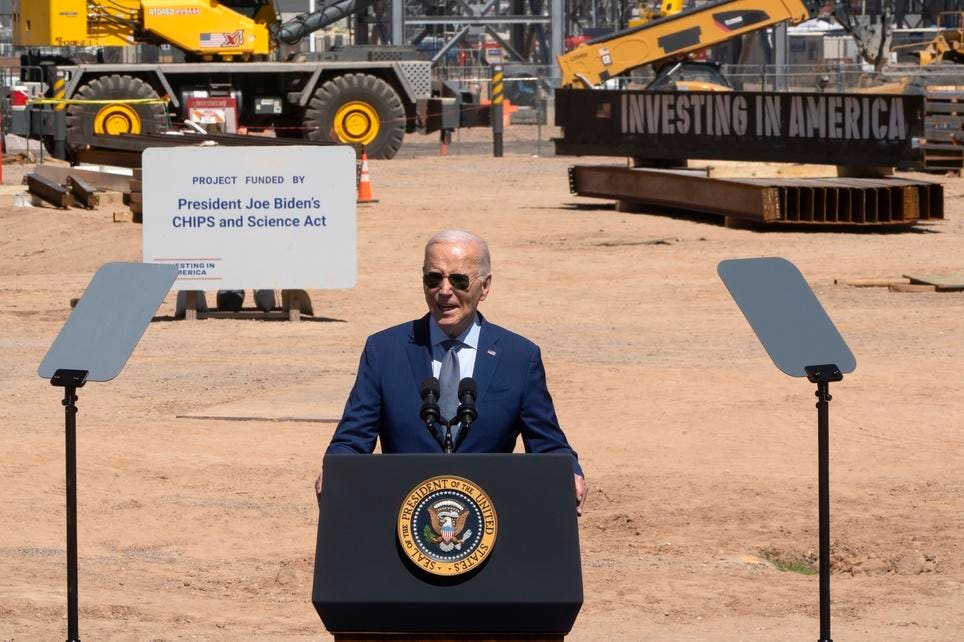The Biden administration’s CHIPS Program has seen significant progress in recent weeks, with agreements totaling $21.5 billion with leading semiconductor manufacturers such as Intel, TSMC, and Samsung. Additional grants are expected to be awarded to Micron, bringing the total allocated funds to a substantial portion of the $39 billion available. However, with the majority of the funds earmarked for leading-edge manufacturers, competition for the remaining money is fierce, and prioritization of requests is still unclear.
A recent earmark in Congress’ FY24 appropriations legislation has added to the competition, directing the CHIPS Program to fully sponsor Intel’s creation of a Secure Enclave for military and intelligence use. Originally, the Pentagon was meant to contribute $2.5 billion, but this was reallocated to the CHIPS Program, potentially affecting other grant recipients. Despite initial concerns about delays and consequences, the rollout of funds has proceeded relatively smoothly, with minimal impact thus far.
The need to fully fund Intel’s Secure Enclave and the intense competition for aid have led the CHIPS Program to forego the release of a notice of funding opportunity for dedicated research and development facilities, further complicating the allocation of funds. While the program has not completely ruled out the possibility of opening the NOFO in the future, the high demand for funding may make this unlikely. The focus on larger semiconductor manufacturers could mean smaller companies may receive fewer grants or more loans rather than grants.
The introduction of the Investment Tax Credit, potentially worth 25% of a qualified investment, has added another layer of complexity to the funding landscape. Semiconductor suppliers are lobbying for eligibility for the credit, as they may not qualify under the initial guidelines. Final guidance on the tax credit is pending from the Treasury Department, with potential implications for the distribution of funds from the CHIPS Program.
The competition for subsidies and discussion of a potential CHIPS 2.0 program has brought attention to the semiconductor industry and its bipartisan support from influential lawmakers. While future appropriations for a CHIPS 2.0 program may not come until after 2026, when the current CHIPS Program funding lapses, ongoing discussions and lobbying efforts will shape the future of semiconductor industry support. Lawmakers are monitoring the impact of the current funding wave before committing to further aid, highlighting the importance of industry lobbying efforts and political alliances in shaping future legislation.


